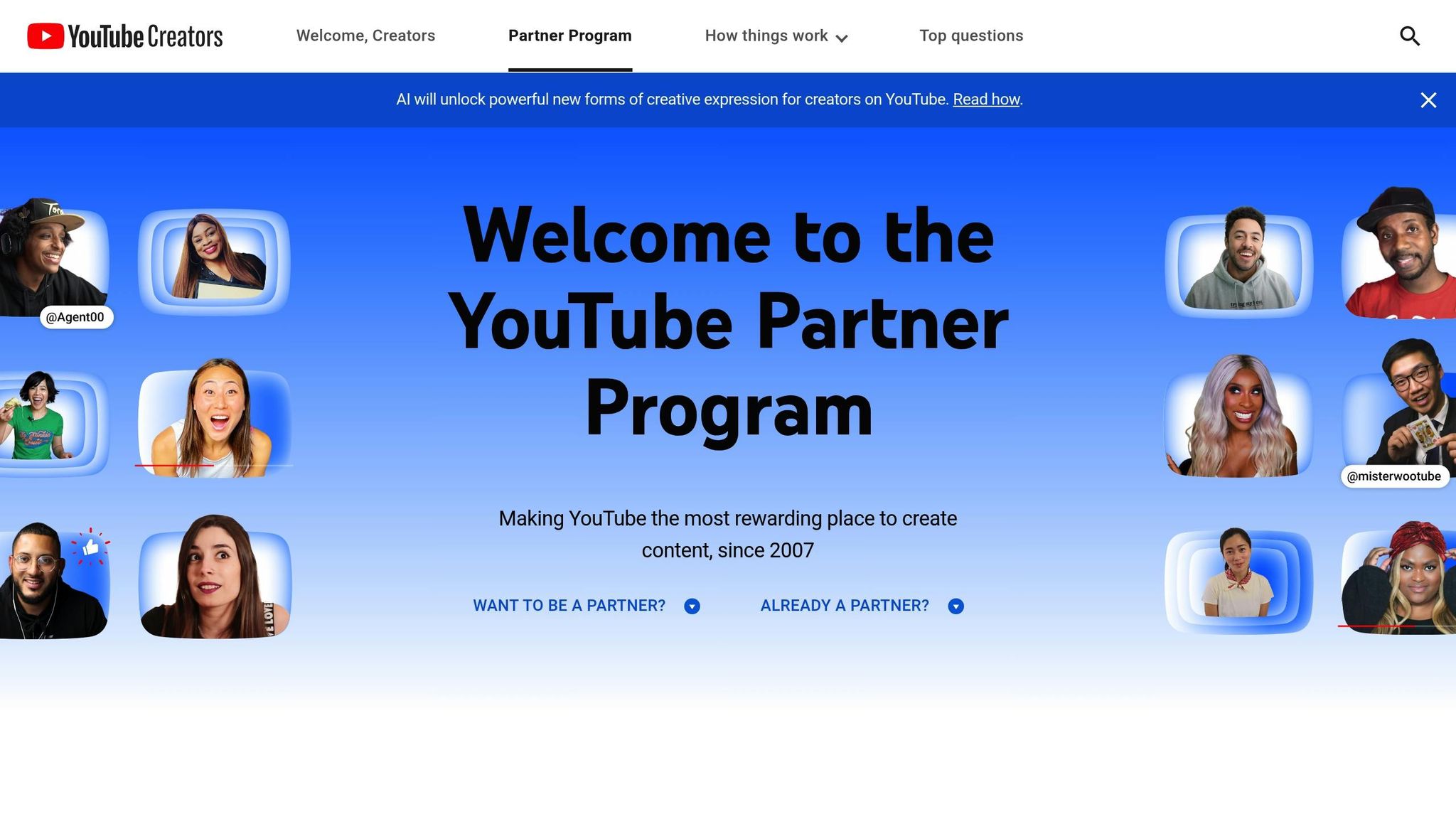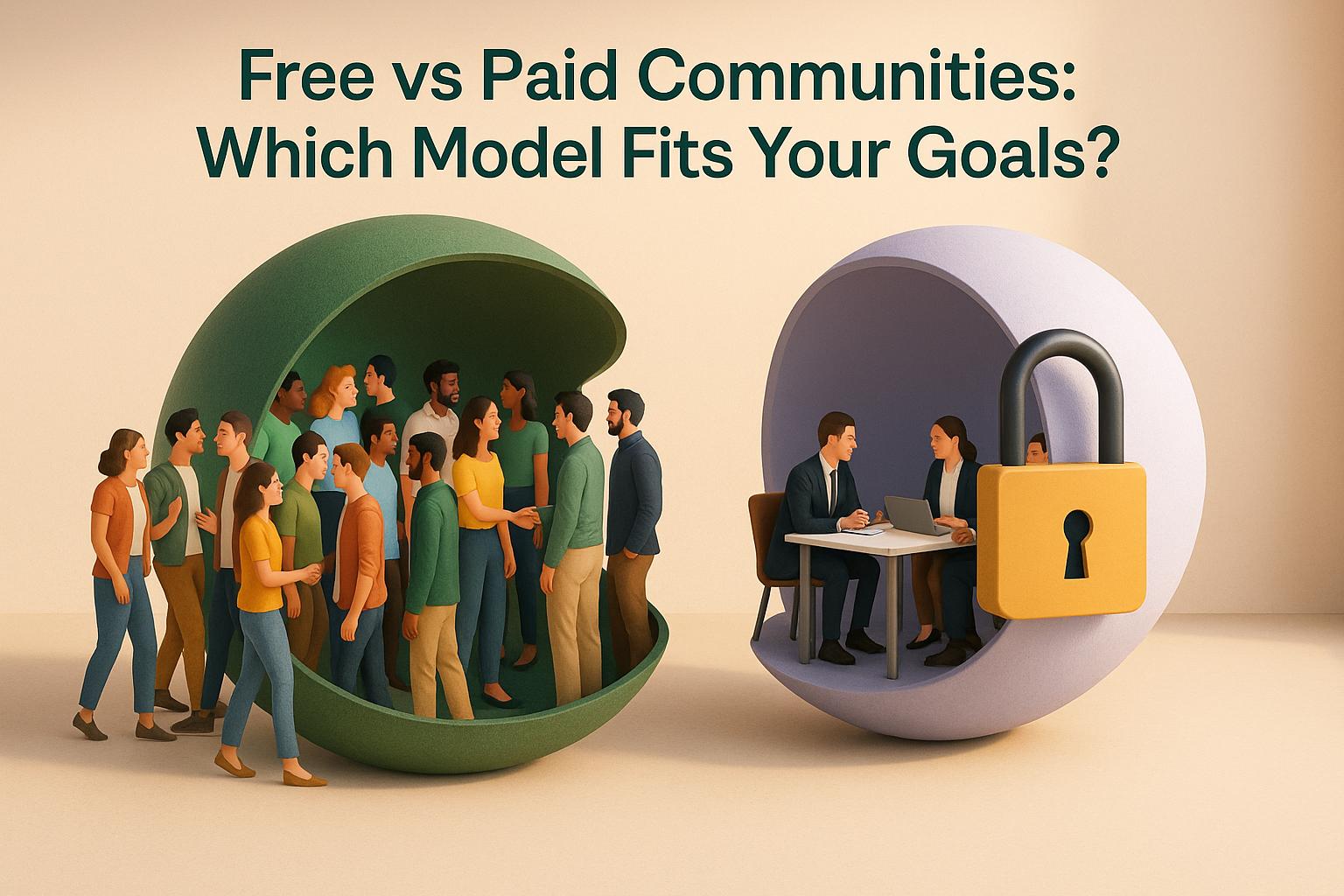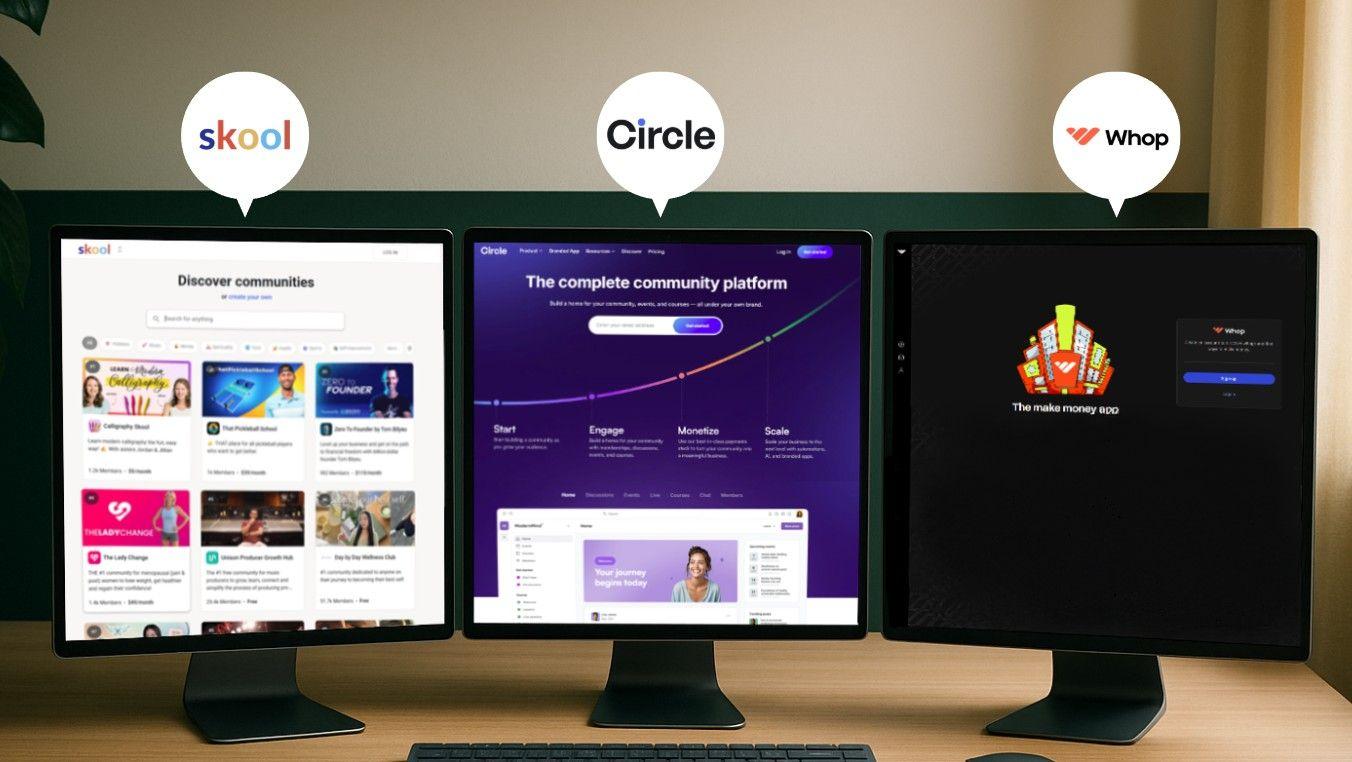I’m documenting my full time quest to build and grow a business with YouTube. Here’s what I’ve learned so far about monetization strategies.
YouTube offers multiple ways to earn, from ads to fan funding, merchandise, and brand deals. One of my favorite ways that doesn’t require anything but your own initiative is to build community. But the first thing I’m working on is qualifying for the YouTube Partner Program (YPP):
- Required Subscribers: 500
- Watch Hours (Long-form): 3,000 in the past 12 months
- Shorts Views: 3 million in the past 90 days
- Uploads: 3 public videos in 90 days
Once you're in, you can unlock more revenue streams like ads, memberships, and merchandise. For full ad revenue access, aim for 1,000 subscribers and either 4,000 watch hours or 10 million Shorts views.
Key earning methods include:
- Community Building: Many top YouTube creators are building community based businesses
- Ads: $2–$25 per 1,000 views (varies by niche and audience).
- Merchandise: Sell products via Shopify or print-on-demand.
- Fan Funding: Super Chat, memberships, and donations.
- Brand Deals: Partner with companies for sponsorships.
Creators like Justine Leconte earn $259K annually with 1M subscribers, while smaller channels use off-platform income (e.g., Shopify) to drive their revenue.
Pro Tips:
- Diversify income streams to reduce reliance on ads.
- Use YouTube Analytics to track performance and optimize content.
- Stay updated on YouTube’s policies because getting demonetized sucks.
What I’ve learned about the YouTube Partner Program

The YouTube Partner Program (YPP) has specific benchmarks creators must meet to start earning money from their content. Here's the breakdown of the requirements to begin monetizing and access full ad revenue options.
Starting Requirements for Monetization
YouTube provides multiple ways for creators like us to begin monetizing on platform based on the type of content they produce:
| Content Type | Subscriber Count | Performance Metric | Additional Requirements |
|---|---|---|---|
| Long-form Videos | 500 | 3,000 watch hours (past 12 months) | 3 public uploads (within 90 days) |
| Shorts | 500 | 3 million Shorts views (within 90 days) | 3 public uploads (within 90 days) |
| Mixed Content | 500 | Either metric above | 3 public uploads (within 90 days) |
Once these thresholds are met, we gain access to basic monetization features. But there are also a few more things they want us to do…
Requirements for Full Ad Revenue Access
To access the full suite of monetization tools, we need to meet additional benchmarks:
-
Standard Requirements
-
Achieve 1,000 subscribers and either:
- 4,000 valid public watch hours in the past 12 months, or
- 10 million valid public Shorts views in the last 90 days.
-
Achieve 1,000 subscribers and either:
-
Policy Compliance
- Follow YouTube's Community Guidelines, Terms of Service, monetization policies, and copyright rules, including fair use.
-
Account Maintenance
- Regularly upload content, stay updated on policy changes, and quickly address any monetization issues.
YouTube reviews each channel before granting full YPP access. Reviews usually take about a month, and if a channel is denied, creators can resolve the issues and reapply after 30 or 90 days. Once we get to that stage I’m sure we’ll be alright!
YouTube Income Methods
YouTube Platform Features for Income
YouTube offers several built-in tools to help creators earn money, primarily through CPM (cost per thousand impressions) and RPM (revenue per thousand views). These rates fluctuate depending on factors like location and time of year. For instance, CPMs can range from $1.36 in India to $18.88 in the U.S.
Different content types bring in revenue in unique ways:
- Long-form Videos: Steady ad income comes from pre-roll, mid-roll, and post-roll ads.
- Livestreams: These can be highly profitable. For example, one channel earned $10,806.72 from 1 million livestream views.
- Shorts: While less lucrative, Shorts still generate about $95.29 per million views. I’ve been trying shorts but I haven’t quite figured out what works there yet in the community building space.
Income Outside of YouTube
Creators often look beyond YouTube to diversify their income. Take Scott Walter, for instance. He runs the Miniac channel, which has over 354,000 subscribers. After switching from RedBubble to Shopify, sales from merchandise and custom products now make up roughly half of his total earnings. Imagine what he could do with a community!
Here are some common ways creators build revenue outside of YouTube:
| Income Source | Strategy | Revenue Potential |
|---|---|---|
| Community | Creating a gathering place on platforms like Skool and Circle where members can interact with one another | Ridiculously High |
| Custom Products | Create items tailored to what your audience is interested in, for example self improvement might like a journal | Medium |
| Affiliate Marketing | Share product links and earn commissions | Varies |
| Brand Partnerships | Collaborate on sponsorships or integrations | Medium |
| Merchandise | Use platforms like Shopify or print-on-demand services, works great with high consistent traffic and views | Low |
Case Studies: Profitable Channels
Some creators have mastered off-platform monetization. For example, Cassey Ho of the Blogilates fitness channel started with simple merchandise and eventually launched her own athletic wear brand, Popflex. Today, her products are sold both online and in Target stores.
"Truly owning your business as a creator means taking back control from YouTube, and merch is one way to get there. Creating and selling products is a revenue stream that you have full control over, which means you also reap all the rewards." - Scott Walter, Creator of Miniac
Seasonal trends also play a big role in revenue. As Rob Wilson explains, "You might be working just as hard in January as you are in December, but the time of the year does dictate how much you're going to get paid.”
sbb-itb-bc79881
Increasing Revenue
Multiple Income Sources
Building steady YouTube income means combining different revenue streams, not just depending on ad revenue. Community building, channel memberships, merchandise sales, brand sponsorships, and fan funding tools (Super Chat, Super Stickers, Super Thanks) all can make a difference in ensuring you have consistent revenue.
This quote from Desiree Martinez struck me:
"While I love and support YouTube, I have a business to run. My business is not going to be YouTube dependent. I think everybody – whether you're a gaming channel, a resource channel, a fashion channel – you need to have a way to get people on a list. And it can't just be, 'Join my email list.' Give them the incentive to do it."
Next, I’ll share how YouTube Studio analytics can help you fine-tune these revenue streams.
YouTube Studio Income Tracking
The Revenue tab in YouTube Studio analytics is a powerful tool for understanding your earnings. It provides insights into:
- Content Performance: See which videos, Shorts, or live streams bring in the most RPM (Revenue Per Mille).
- Revenue Sources: Compare earnings across ads, memberships, merchandise, and other streams.
- Seasonal Trends: Track how your income changes throughout the year.
Building a Profitable Business with YouTube
All in all my research is showing that making a steady income on YouTube requires a clear plan and regular effort. To boost your channel's earning potential in 2025, focus on these practical strategies that build on earlier tips for growth:
Expand Your Revenue Streams
Successful creators bring in money from multiple sources, such as:
- Community Building
- Channel memberships (ranging from $0.99 to $100 per month)
- Super Chat (up to $500 daily)
- Selling merchandise
- Partnering with brands for deals
Refine Your Content Approach
"The most successful monetization methods are the ones that your audience actually wants. Which sounds obvious but it's worth repeating."
- Kylie Long, Senior Video Production Specialist, Uscreen
And that’s it for now! Thanks for taking the time to read and if you’ve got questions, don’t hesitate to reach out and ask.
FAQs
What are the best ways for small YouTube channels to increase income beyond ads?
Small YouTube channels can grow their revenue beyond ads by exploring several creative options. Community building comes out as the clear winner for me on how to build a real business alongside a YouTube channel. You can also consider offering channel memberships with exclusive perks for subscribers, selling branded merchandise, or using features like Super Chat, Super Stickers, and Super Thanks during live streams to engage and earn from viewers directly. Additionally, you can earn a share of revenue when YouTube Premium members watch your content. These strategies allow you to diversify your income while building a stronger connection with your audience.
How can YouTube creators use analytics to grow their channel and boost earnings?
To grow your YouTube channel and increase earnings, analytics is your best friend. But only after you’ve gotten consistent on actually creating valuable videos and doing so on repeat.
Once I grow I’ll focus on key metrics like watch time, audience retention, engagement (likes, comments, shares), subscriber growth, and click-through rate (CTR). These insights help you understand what content your audience loves, where they lose interest, and how they find your videos.
Use this data to refine your strategy by:
- Optimizing titles and thumbnails to grab attention.
- Improving audience retention by addressing drop-off points.
- Encouraging engagement by asking viewers to like, comment, and subscribe.
- Analyzing traffic sources to tailor content for YouTube search or external platforms.
By regularly reviewing and adapting based on analytics, you can create content that resonates with your audience. That’s the only game that matters!
What challenges should creators watch out for to keep their YouTube Partner Program monetization active?
To maintain your monetization status in the YouTube Partner Program (YPP), it’s crucial to follow YouTube’s monetization policies. These things terrify me quite frankly!
The easy ones to avoid are repetitious content (videos that are nearly identical and lack variety) and reused content (material from other sources without meaningful original commentary or value). Channels producing low-quality content for kids are also going to get penalized.
Sensationalism and content that hinders viewer comprehension can also lead to violations. Breaking these rules can result in demonetization or even removal from the program. Stay safe out there friends!



